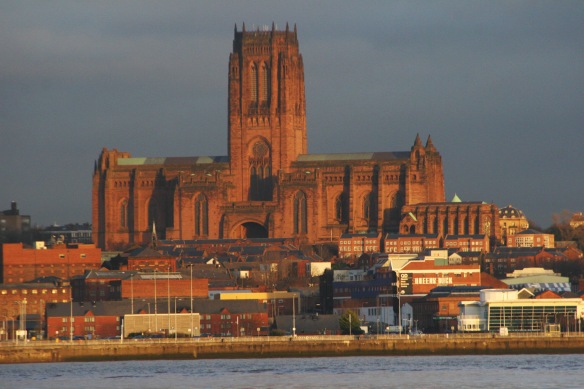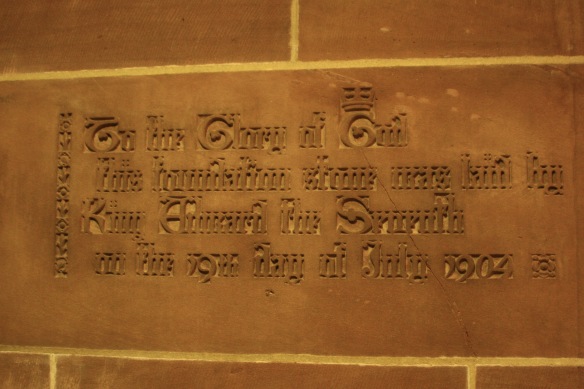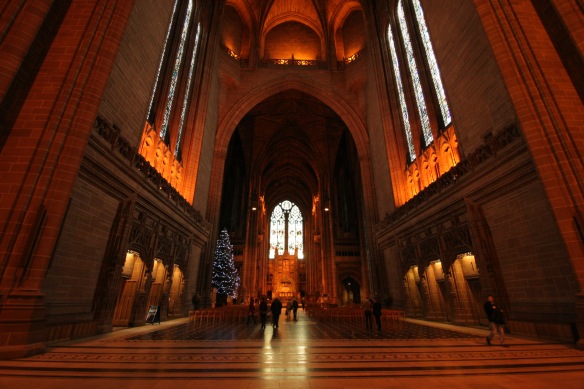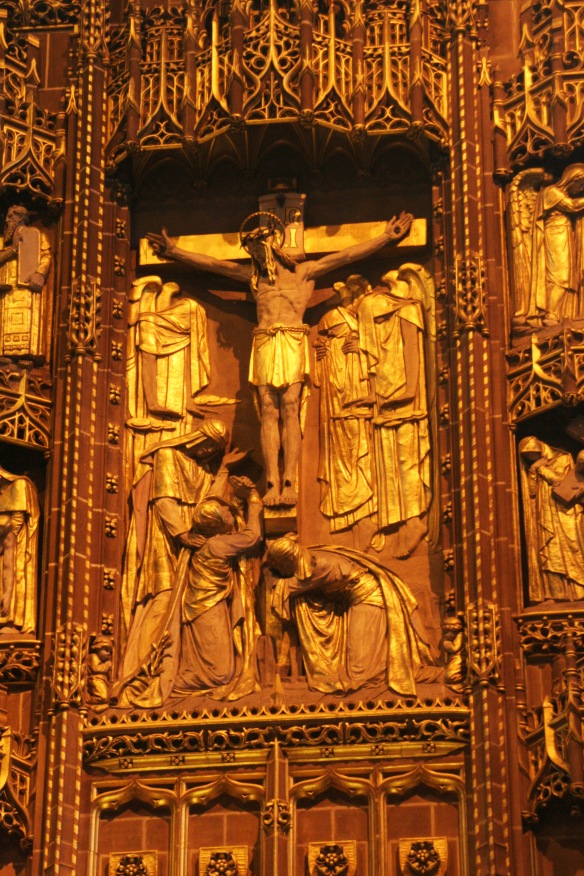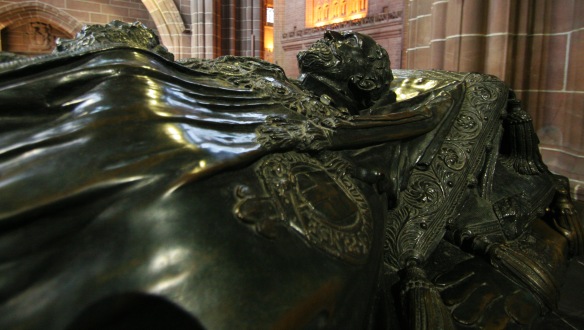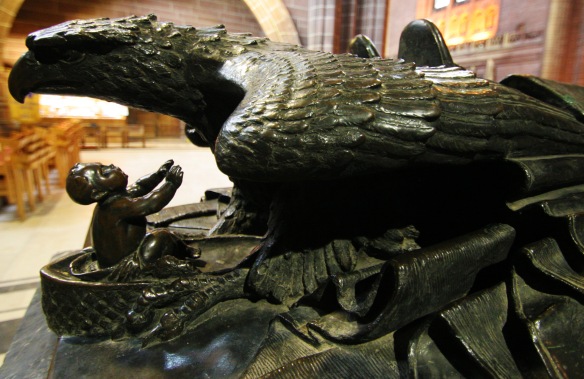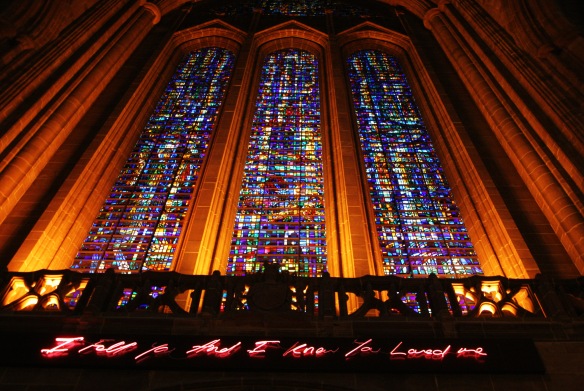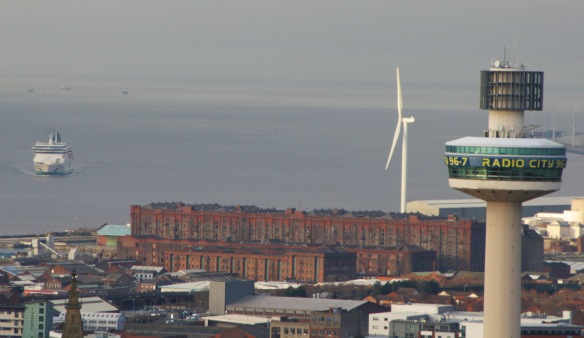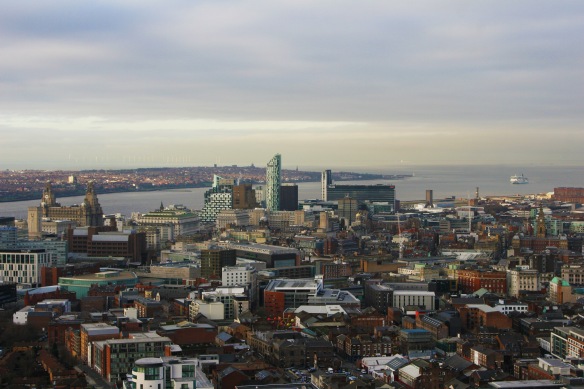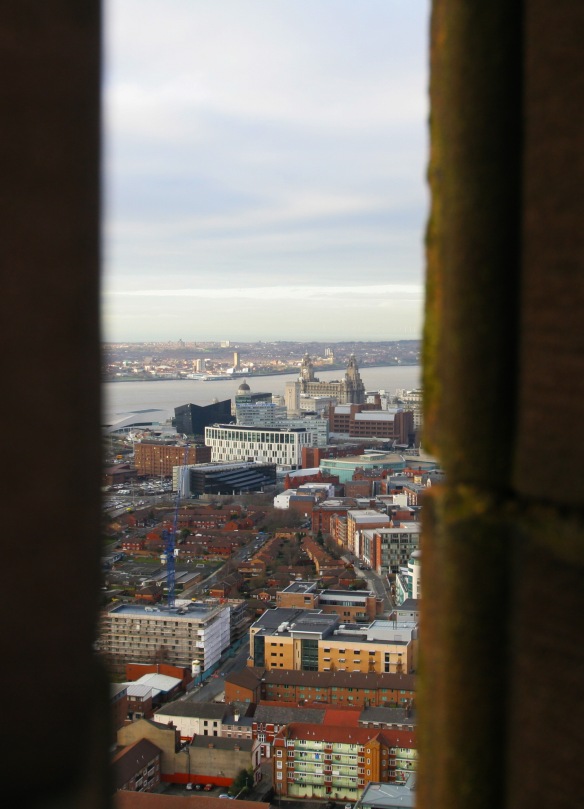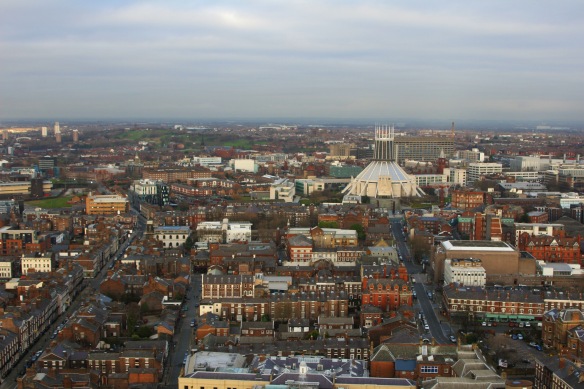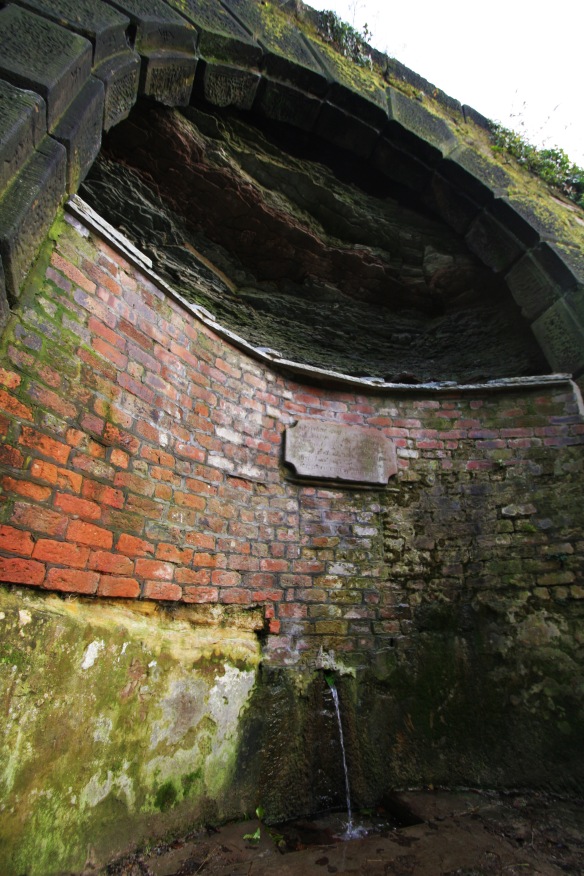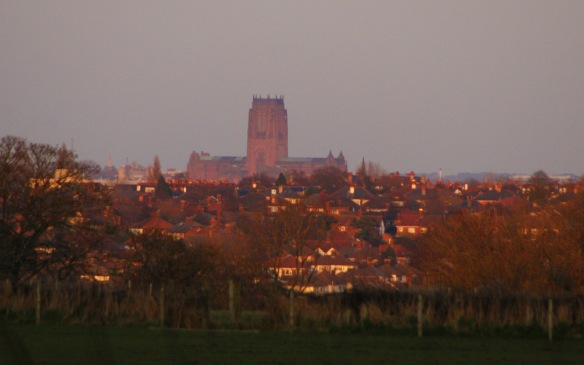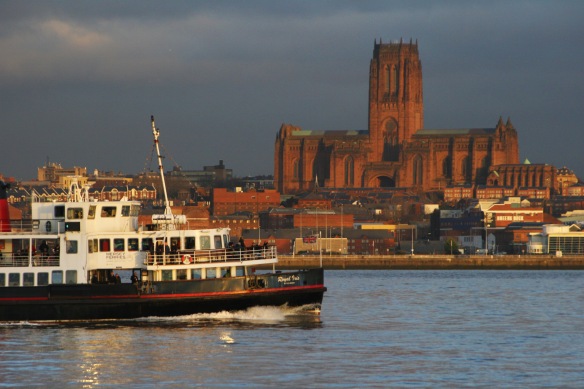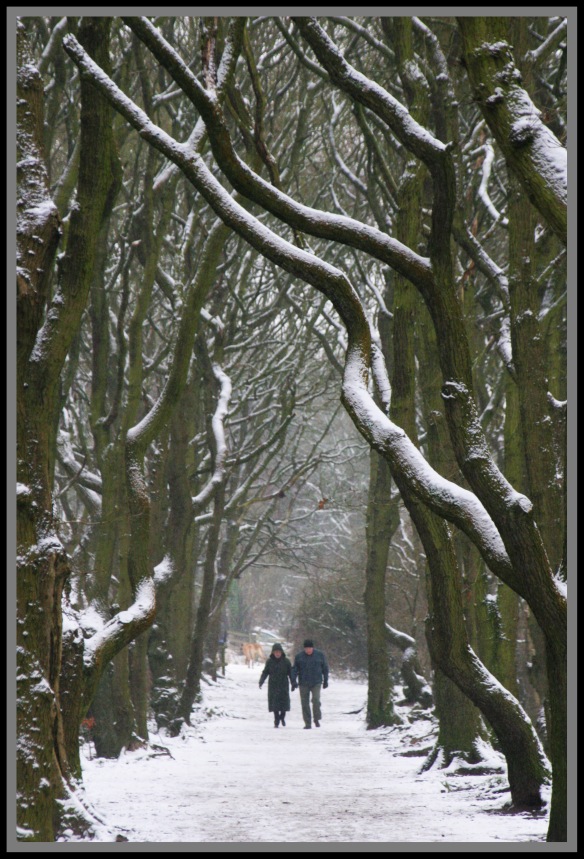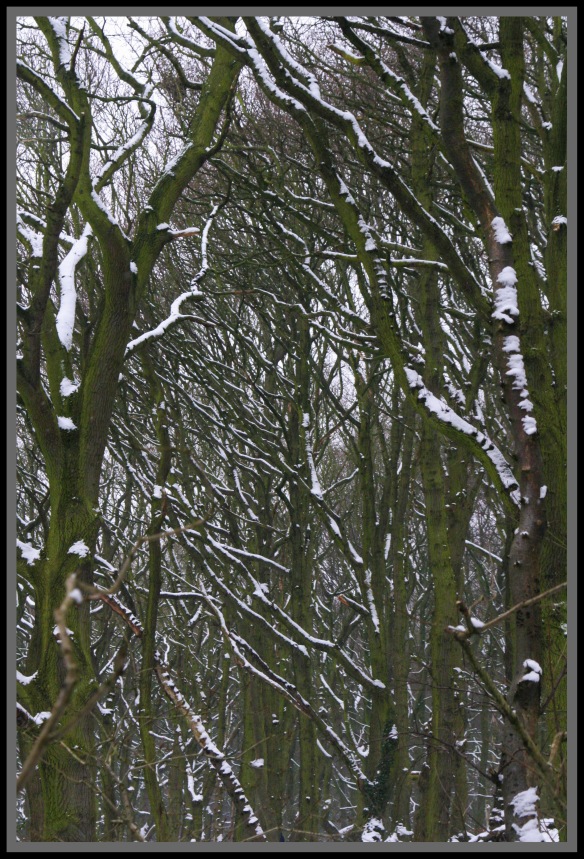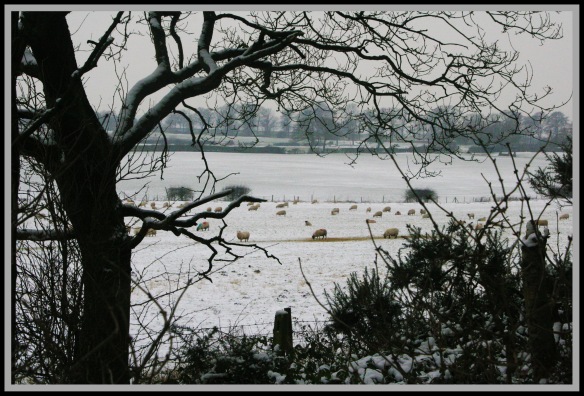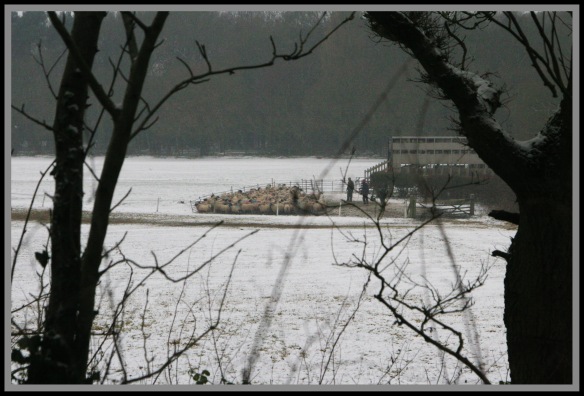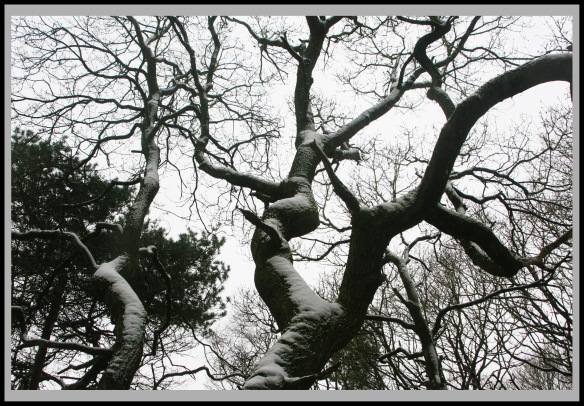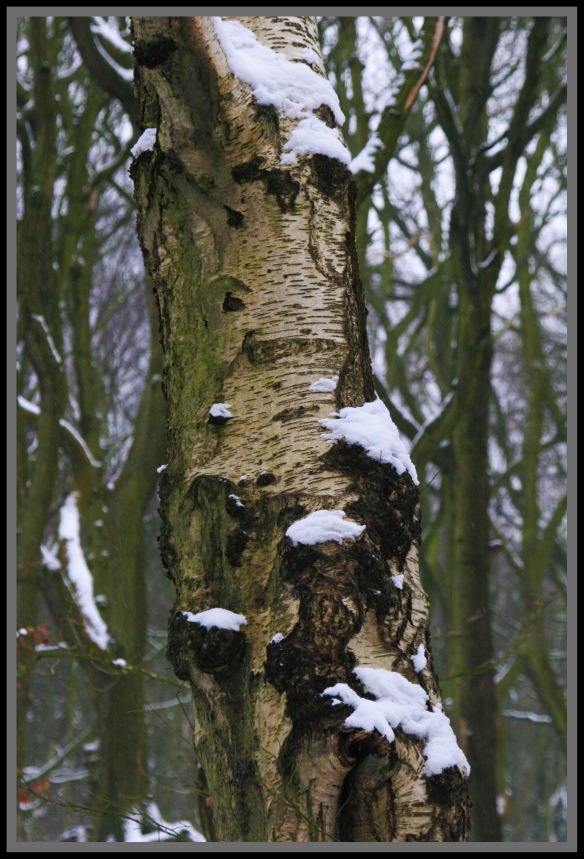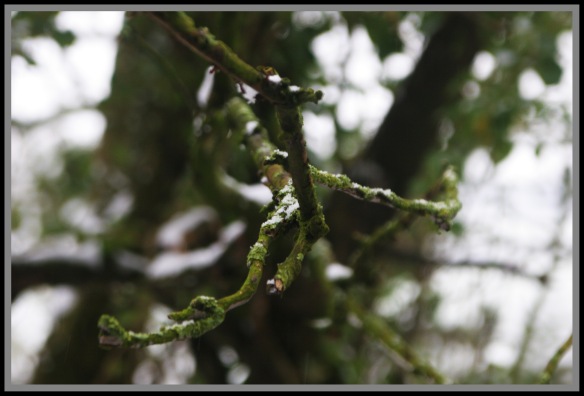The making of the cathedral
Liverpool was originally part of the diocese of Chester. In 1880 the Liverpool diocese was founded and John Charles Ryle was appointed the first Bishop of Liverpool and he was installed in St Peter’s Church in Church Street in the town centre which was designated a pro-cathedral (a parish church that is temporarily serving as a cathedral). It was described as an ugly church, squat and with an ill-proportioned octagonal tower and it was decided in 1901 to build a new cathedral ‘worthy for the prosperous City of Liverpool’.

St Peters Pro-cathedral photo from http://liverpoolwalks.co.uk
In 1902 Giles Gilbert Scott (later Sir) then aged only 22 won the competition for architects to design the new cathedral. In July 1904 the Foundation Stone was laid by King Edward VII at a great open-air service at the culmination of which the choir of a thousand voices sang the Hallelujah Chorus from Handel’s Messiah.
On Saint Peter’s Day, 29th June 1910, the Lady Chapel, was the first part of the Cathedral to be completed and consecrated allowing services to be held on the site. St Peters Church closed in 1910 and was demolished between 1919 and 1923, it is now remembered by the Maltese cross symbol set into the paving in Church Street outside the arcade opposite Marks and Spencer’s which leads through to School Lane and into the new Liverpool One shopping centre.
Despite serious delays because of the First World War in 1924 the High Altar, Chancel and Eastern Transcepts were completed and consecrated in the presence of King George V and Queen Mary. Further parts of the cathedral were completed and in 1942 the tower was ‘topped out’ with Sir Giles Scott placing the final piece of the final finial at the top of the tower. The cathedral bells were rung for the first time in 1951 and in 1955 the Lady Chapel reopened after war damage from World War II was repaired. Between 1961 and 1968 the naves and the bridge over the sunken nave were completed.
The cathedral was built mainly of local sandstone quarried from the South Liverpool suburb of Woolton. In 1978 the whole cathedral was completed and on 25th October 1978, in the presence of Her Majesty Queen Elizabeth II, there was a great service of thanksgiving to mark the completion of the Cathedral, “a triumphant proclamation of hope”. Sadly, with his death in 1960, the architect had not lived long enough to enjoy the completion of his Cathedral.
Liverpool is the largest Cathedral in the UK (in sq metres), and the 5th largest in the world it is also one of the world’s tallest non-spired church buildings and the third-tallest structure in the city of Liverpool. Its under-tower vault is the highest in the world, its bells are the highest and heaviest peal in the world and the Grand Organ is the largest in the UK and is considered to be one of the largest operational church organs in the world with 10,267 pipes.
Inside the Cathedral
As you enter the building by the great West Doors you see the lowered floor of the Nave which is known as the Well and as you move further into the Cathedral you walk into the awesome space which is the main floor of the Cathedral which leads up to the Chancel and High Altar.
The Cathedral’s Nave is a lowered area of the Cathedral with on one side the great West Doors. The central space which is entered through the arch of the Dulverton Bridge stretches east from the bridge towards the choir and the high altar. The enormity of the central space dominates your view of the Cathedral. In the centre of the floor stands a memorial to the architect, Giles Gilbert Scott.
The central space of the Cathedral has held a variety of services, occasions and events over the years with audiences and congregations up to over 2,000.
Liverpool Cathedral has approx 1700 square metres (over 18,000 square feet) of stained glass, all from the 20th century. The subjects cover both biblical and scenes of worship but also elements of social and ecclesiastical history.
Churches and cathedrals have always commissioned works of art over the ages and this tradition continues today. Liverpool Cathedral is a cathedral of the modern age and during the course of its construction it incorporated works of art by contemporary sculptors and stained glass artists into the fabric of the building. But it has in more recent years built up a worthy collection of works of art, including paintings and sculpture by eminent twentieth and twenty first century artists. These include works by five Royal Academicians: Craigie Aitchison, Tracey Emin, Christopher Le Brun, Adrian Wisniewski, and Elisabeth Frink. There are also works by a number of other contemporary artists.
The memorial to the sixteenth Earl of Derby was designed by the architect Sir Giles Gilbert Scott.
Tracy Emin who is one of the group who have been dubbed ‘Young British Artists’, has an installation made in 2008 which is mounted over the West Doors and beneath the Benedicite window. It is called ‘For you’ and was commissioned by the Cathedral Chapter as the Cathedral’s contribution to Liverpool’s Year as European Capital of Culture 2008. It is a pink neon, written in the artist’s handwriting, with the words: ‘I felt you and I knew you loved me.’ In 2009 Emin was the winner of the Art and Christianity Enquiry (ACE) Award for Art in a Religious Context for this work. Emin said that the Church has always been a place for contemplation and that she wanted to make something for Liverpool Cathedral about love and the sharing of love. As she has said “Love is a feeling which we internalise; a feeling very hard to explain. I thought it would be nice for people to sit in the Cathedral and have a moment to contemplate the feelings of love, it’s something we just don’t have enough time to think about and I hope this work creates this space in time.”
Outside above the west doors is a sculpture by Elisabeth Frink called “The Welcoming Christ”. It was her last work and she watched it being installed in 1993 a few days before her death.
The Tower
The single, massive Vestey Tower was named after its benefactors, the Vestey family, it replaced the original twin-tower concept for the cathedral after several design proposals. It has a floor to top height of 101m (331ft). The Cathedral allows special tours up to the top of the tower via 2 consecutive lifts followed by 108 stairs. Visitors climb the tower to take in the views of the city and beyond.
The huge chains used to lower the great central chandeliers 965kg each to the cathedral floor over 52m (170ft) can be seen just before you enter the second lift It takes a team of at least 5 people and a whole day to carry out this skilful operation.
The journey from the 2nd stage lift brings you to the bell tower itself from where you begin ascending 108 steps. This chamber houses the highest 67m (219ft) and heaviest 31.5 tonnes (31 tons) ringing peal of church bells in the world.
The main roof section 101m (300 ft) above ground floor level and over 150m (500ft) above sea level offers panoramic views across the city as buildings, roads, parks and other landmarks spread out to the horizon.
To the West you can see the Wirral and behind this the Welsh Hills. To the East are the Pennines. To the South you can follow the River Mersey along to the Runcorn Bridge and Cheshire beyond. To the North on a good day we are told you can see Blackpool Tower and the Big Dipper approx 80km (50 miles) away but closer to hand, only half a mile away you have a very clear view of the circular Metropolitan Cathedral of Christ the King, Liverpool’s Catholic Cathedral. The cathedrals are linked by Hope Street, which takes its name from William Hope, a local merchant whose house stood on the site now occupied by the Philharmonic Hall, and was named long before either cathedral was built.
St James’s Gardens
There are gardens far below the Cathedral building and from here you get a true appreciation of the scale of the Cathedral. The area is now known as St.James’ Gardens occupying around ten acres. It was originally a quarry in 16th century supplying quality sandstone to the builders of the day and it was then re-designated as a cemetery. St James cemetery and has over 58,000 souls buried here from a wide variety of backgrounds including an American sea captain who was stabbed to death, a midget artist who painted England’s nobility and many many children who died at a very young age.
In 1825 a young architect John Foster designed and laid out the cemetery along the same lines of the Pere-la-Chaise cemetery in Paris. This new cemetery was built to relieve the pressure on the Low Hill Cemetery in nearby Everton. The East wall had a sequence walkways, lined with catacombs cut into the rock face leading down to the burial ground which laid out with winding paths and lined with trees.
There are three tunnels leading into St’ James’s Cemetery. The main access is via a tunnel 10 feet wide and 12 feet high which follows a downward slope from just outside of the main Cathedral entrance. The last burial in the cemetery here was in the 1936.
The tunnel walls are decorated by gravestones which were moved during the work to turn it into a public garden.
In the East wall of the cemetery is Liverpool’s only surviving running spring which was discovered by quarry workers in 1773. It was believed to have medicinal properties and the spring used to flow into a circular bowl, which was surrounded by an iron railing with a ladle attached so people could easily fill bottles and jars from the Spa. Today the spring still flows from the rock. The a small plaque above the spring bears an inscription by Cuthbert Bridgewater and is still readable:
Christian reader view in me,
An emblem of true charity,
Who freely what I have bestow,
Though neither heard nor seen to flow,
And I have full returns from Heaven,
For every cup of water given.
Following the decision to build a new cathedral for the city the site of St James Mount was decided upon above the cemetery. However by 1936 the cemetery was considered to be full and the last burial took place in July that year and it was then officially closed.
The area became run down and in the late 1960’s it was decided that action was needed. A plan to turn St James Cemetery into a public garden was proposed. This involved clearing the vast majority of the gravestones and creating an open space. This was completed by 1972 and it is now a conservation area, and a nature conservation site, Grade 1.
There is small temple-like monument in the centre of St James’ Gardens: this is the Huskisson Mausoleum.
William Huskisson was a former cabinet minister and Member of Parliament for several constituencies, including Liverpool. He is best known today, however, as the world’s first railway fatality. He attended the opening of the Liverpool and Manchester Railway, on the 15th September 1830. Huskisson was on the same train as the Duke of Wellington and at Parkside railway station the locomotives made a scheduled stop to take on water at which point he got off the train. Huskisson had been a highly influential figure in the creation of the British Empire and an architect of the doctrine of free trade, but had fallen out with Wellington the then prime minister in 1828 over the issue of parliamentary reform and he had resigned from the cabinet. Hoping to be reconciled with Wellington, he walked up to the Duke’s railway carriage to speak with him and shook his hand. He did not notice the approaching locomotive on the adjacent track, George Stephenson’s ‘Rocket’. On realising it was approaching he panicked and tried to clamber into the Duke’s carriage, but the door of the carriage swung open leaving him hanging directly in the path of the oncoming Rocket. The gravely wounded Huskisson was taken by a train driven by George Stephenson himself to hospital in Eccles outside Manchester. But he died a few hours later. The Liverpool and Manchester railway opening is now considered the start of the age of mechanised transport with railways being constructed across Britain and the rest of the world.
John Foster who had presided over the conversion of the former quarry into St James’ Cemetery, designed this small domed temple to stand above Huskisson’s grave. From 1882 to 1968 it contained a marble statue by John Gibson. The statue was removed due to continued vandalism in 1968. It was then transferred to the Walker Art Gallery in Liverpool. His widow Emily also commissioned a second marble statue for the Custom House in Liverpool. This statue was moved and it now stands in Pimlico Gardens in London. A bronze casting of it was unveiled at the Custom House in Liverpool in 1847, and after several moves is now in Duke Street in Liverpool city centre.
The Anglican Cathedral has quite a story to tell but its commanding presence across the city makes it stand out from the crowd. You can even see the Cathedral from far away in mid-Wirral. This photo is from Thingwall Corner with houses in Prenton in the foreground on the western side of the Bidston/Prenton/Storeton ridge.
And this one from Landican where you can also see the very top of the Catholic Cathedral poking through on the left of the picture.
Probably the best view is from across the River Mersey in Birkenhead particularly when one of the ferries is plying its trade across the waters.

